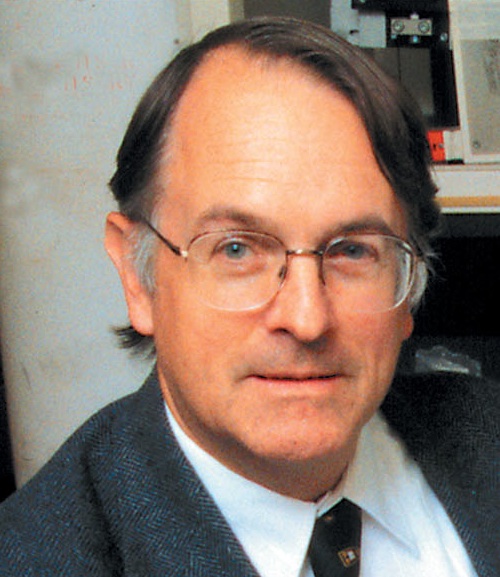报告题目:Materials – The Technology Barrier to Advanced Batteries for Energy Storage
时间:2012年4月18日上午9:30
地点:曹光彪三楼系会议室(324)
联系人:涂江平
Energy storage is the enabling technology for renewable energy, such as wind and solar, and particularly for the next generation of hybrid electric vehicles, the plug-in hybrid electric vehicle (PHEV). If long-lived, low cost and safe batteries are to be developed, the materials limitations must be overcome. Intercalation is the predominant reaction mechanism in rechargeable batteries in use today. Intercalation processes, unlike conversion reactions, allow for fast ionic motion both on both lithium insertion and lithium removal. Moreover the structural maintenance during reaction permits essentially unlimited cycling of the material. Intercalation can occur within a single phase as originally demonstrated in titanium disulfide, or with the formation of a second phase, as demonstrated most recently in the vanadyl phosphates. Although two-phase reactions were thought to be rate-limiting, such is not necessarily the case with the phosphate finding extensive use in hybrid electric buses.
This presentation will discuss the present status of materials, both bulk and nano, for the next generation of batteries, with an emphasis on the cathodes for lithium-ion batteries both high rate and high capacity. The status of “high-energy” systems such as Li/air and Li/S will also be described.
M. Stanley Whittingham, Chemistry and Materials, SUNY, Binghamton, NY 13902

Stan Whittingham is a professor of chemistry and of materials science and director of the Materials Science Program and Institute for Materials Research at the State University of New York at Binghamton. He received his BA and D Phil degrees in chemistry from Oxford University. In 1968, he joined the Materials Science Department at Stanford University as a postdoctoral research associate to study fast-ion transport in solids and in 1971 won the Young Author Award of the Electrochemical Society for his work on the solid electrolyte beta-alumina. In 1972, he joined Exxon Research and Engineering Company to initiate a program in alternative energy production and storage. He discovered there the role of intercalation in battery reactions, which resulted in the first commercial lithium rechargeable batteries. After 16 years in industry, he joined the Binghamton campus of the State University of New York as a professor of chemistry to initiate an academic program in materials chemistry. His recent work focuses on the synthesis and characterization of novel microporous and nano-oxides and phosphates for possible electrochemical and sensor applications. He was principal editor of the Journal Solid State Ionics for 20 years. He won the Battery Research Award of the Electrochemical Society in 2002, and was elected a Fellow of the Electrochemical Society in 2004. In addition he was awarded a JSPS Fellowship in the Physics Department of the University of Tokyo. In 2007, he co-chaired the battery section of the US DOE Workshop on Energy Storage, and presented its recommendations at the National Meetings of the American Chemical Society and the Materials Research Society as well as in the April 2008 issue of the Materials Research Society Bulletin. The last is now a text book with Cambridge University Press. In 2010 he received the NERM award of the American Chemical Society for his contributions to chemistry, and in 2012 he received the Yeager Award of the International Battery Association for his lifetime contributions to battery research. He is presently Director of the Northeastern Center for Chemical Energy Storage, a DOE Energy Frontier Research Center, based at Stony Brook University.

